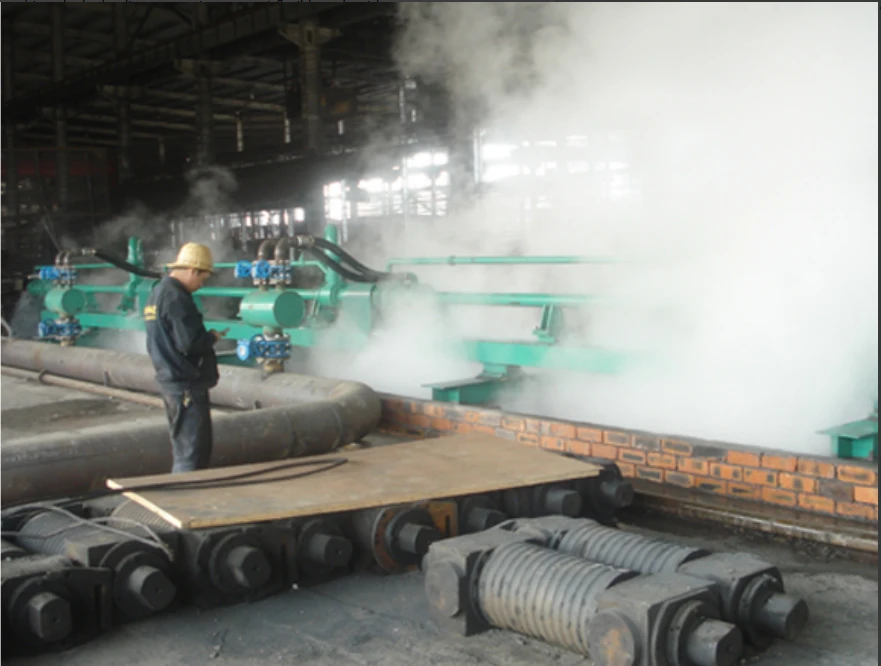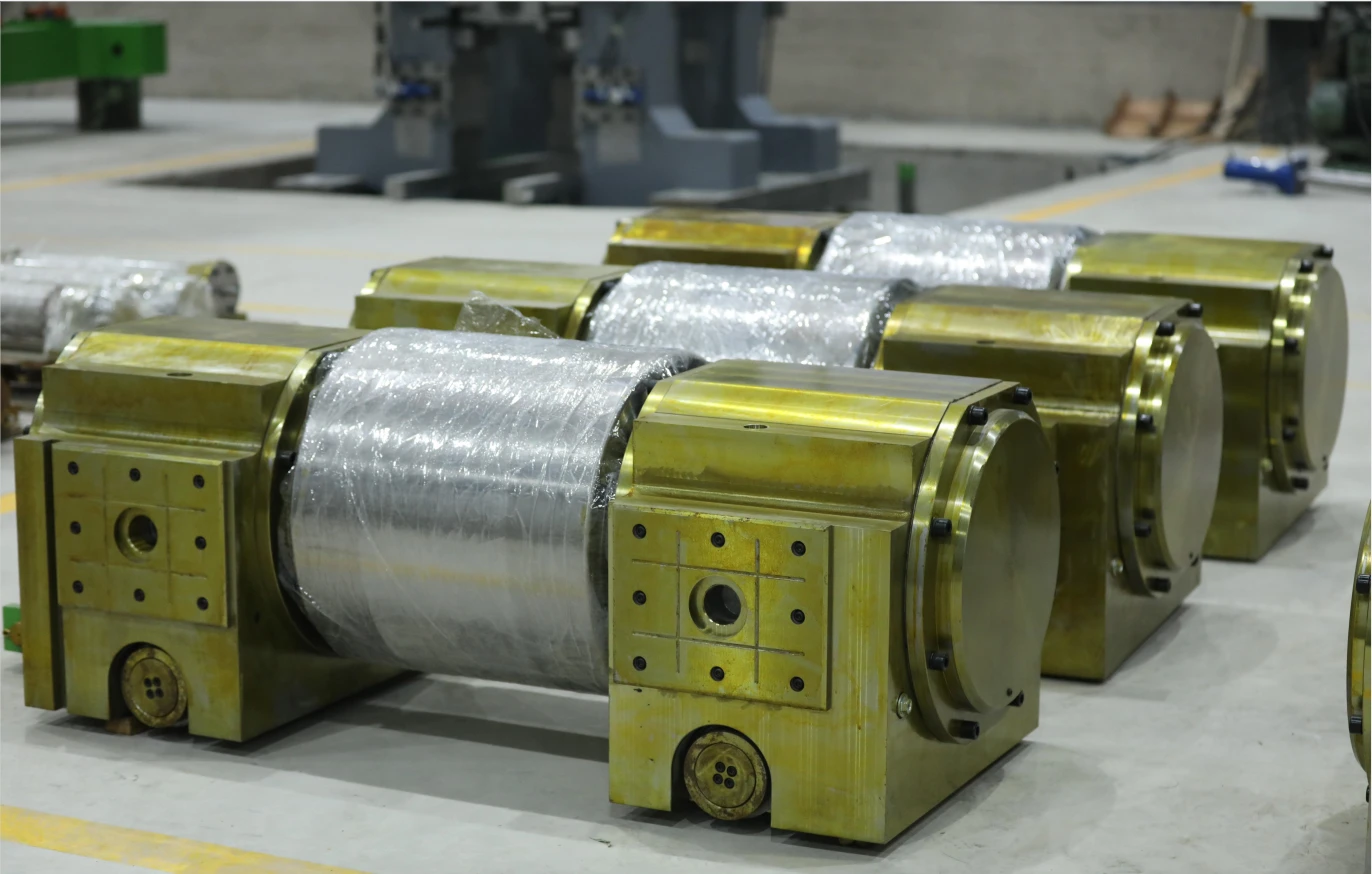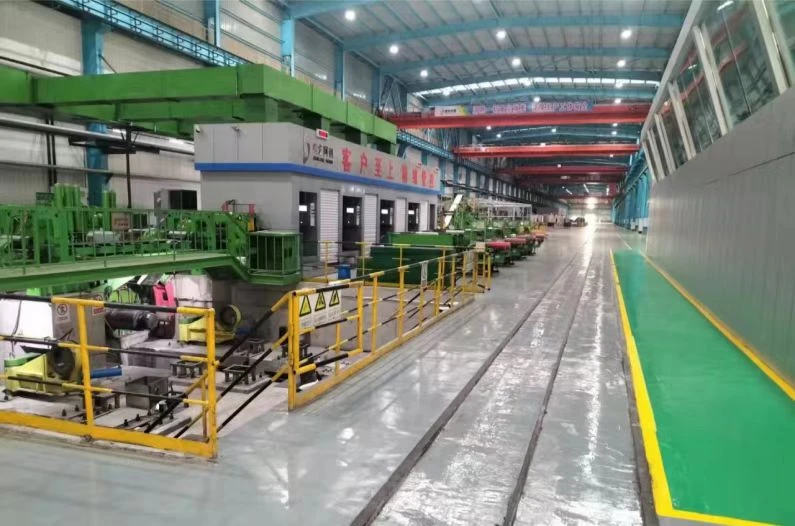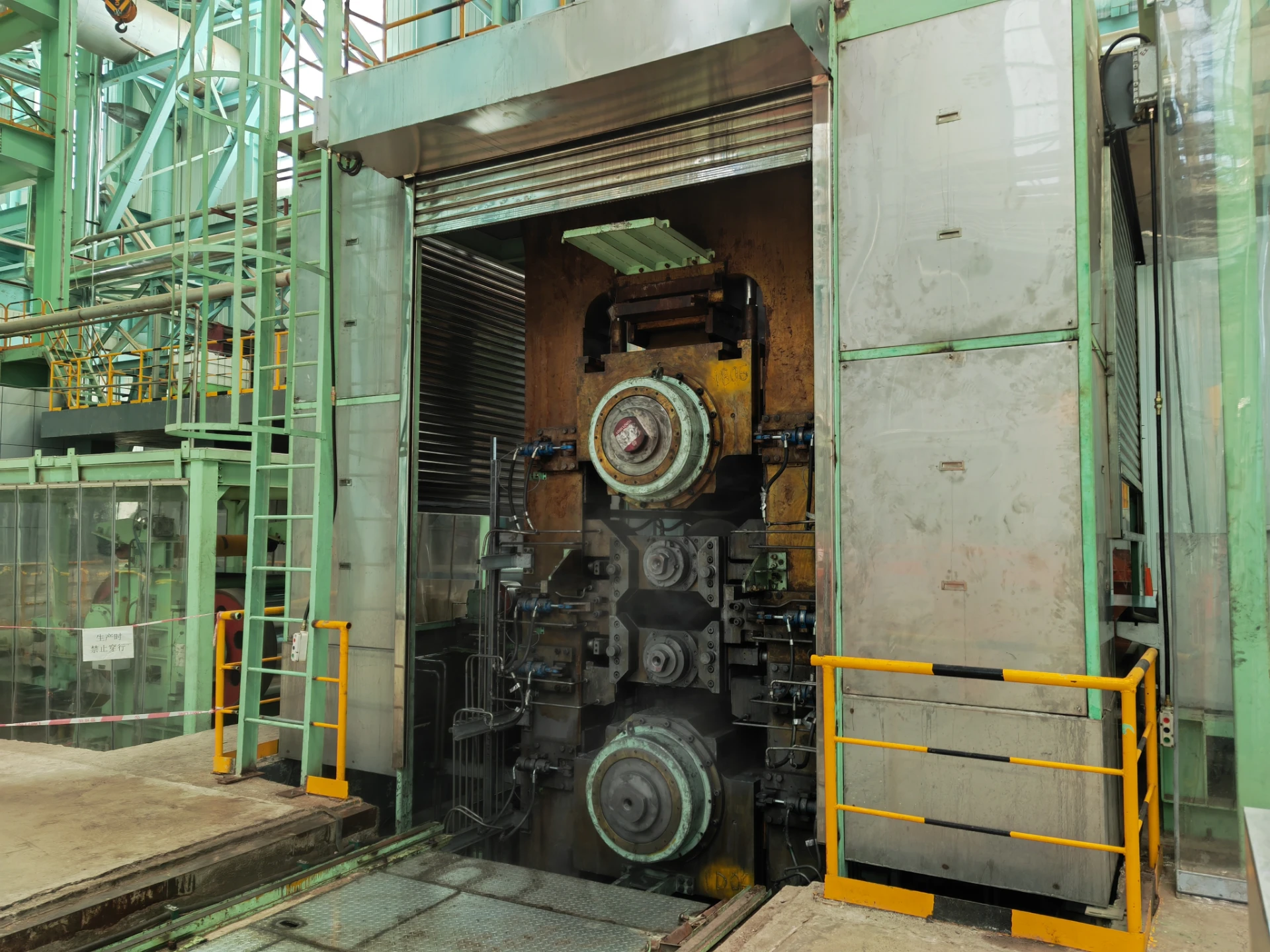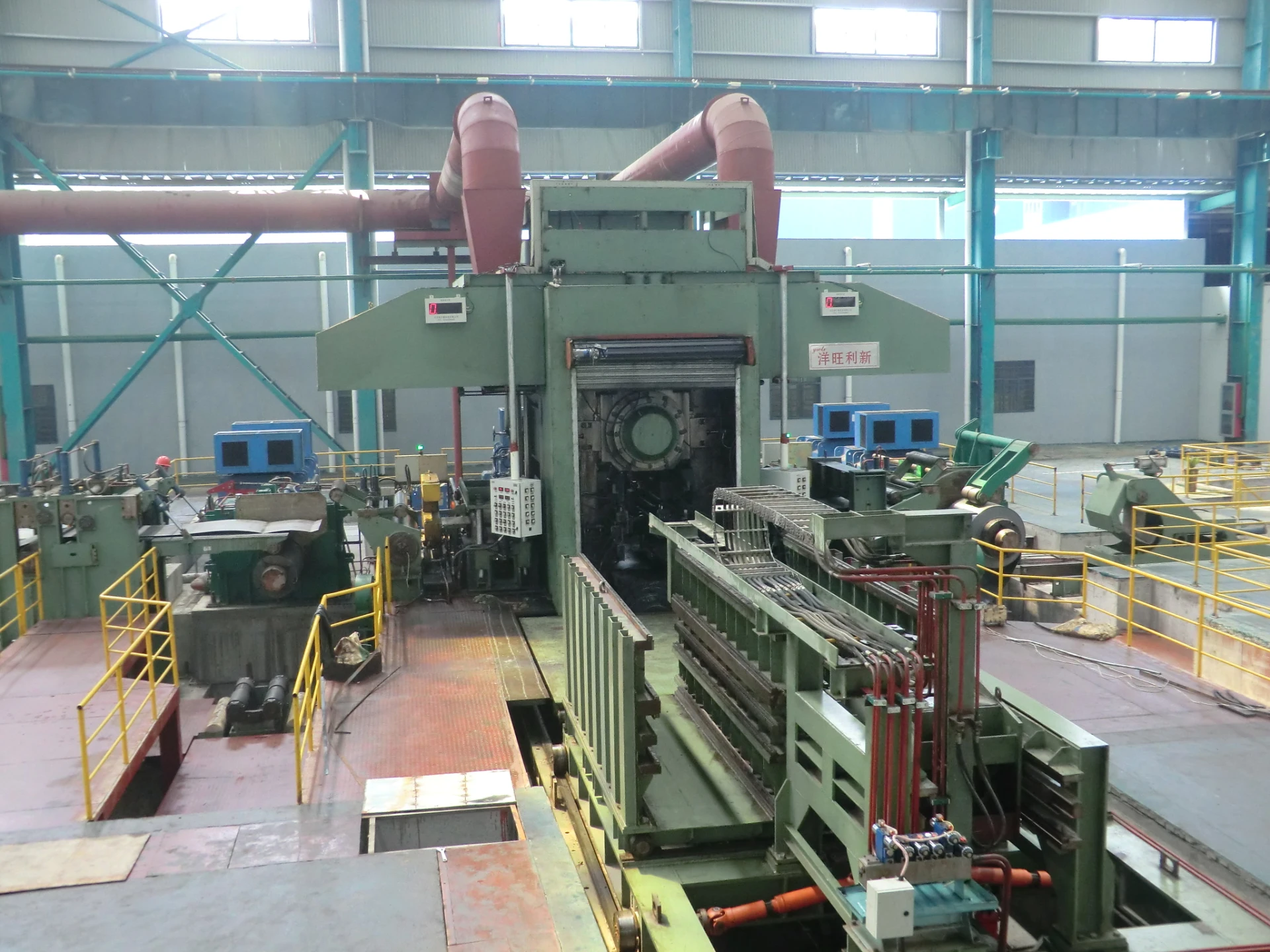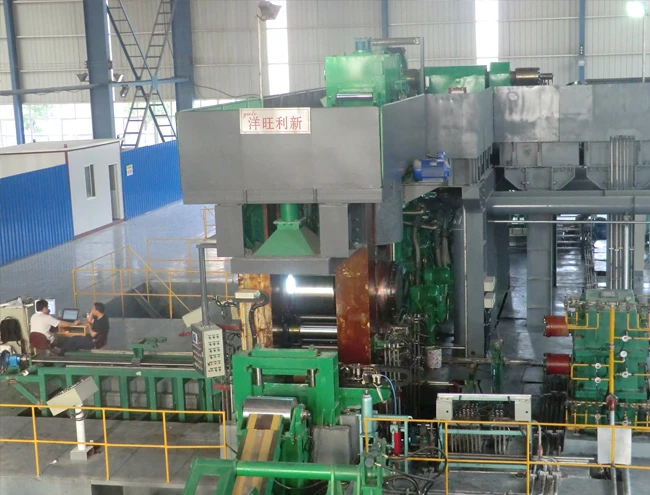
High-Performance Tandem Cold Mills for Precision Rolling
Advancing Precision: The Critical Role of Tandem Cold Rolling Mills in Modern Metallurgy
In the relentless pursuit of thinner, stronger, and more precise metal products, the tandem cold mill stands as a cornerstone technology in the metallurgical industry. This advanced rolling equipment is indispensable for producing high-quality steel and non-ferrous strips, sheets, and coils with exceptional surface finish and dimensional accuracy. Industry trends indicate a growing demand for thinner gauges, higher strength-to-weight ratios, and increasingly specialized alloys, pushing the boundaries of what these mills can achieve. Companies globally are investing in sophisticated tandem cold mills to enhance production efficiency, reduce energy consumption, and meet stringent material specifications for sectors ranging from automotive and construction to electronics and packaging. The integration of advanced automation, real-time control systems, and predictive maintenance protocols is further solidifying the tandem cold mill's position as a vital asset in the modern industrial landscape, enabling manufacturers to deliver superior products at competitive costs.
Unveiling the Sophisticated Process: From Pickling Line to Precision Tandem Rolling
Integrated Process Flow: Pickling Line and Tandem Cold Mill Synergy
The journey of steel coil transformation begins long before the actual tandem cold mill process. Typically, hot-rolled coils first undergo a crucial pre-treatment in a pickling line. This stage is vital for removing scale, rust, and other surface impurities, preparing the material for the subsequent cold rolling process. A well-designed pickling line ensures a clean, oxide-free surface, which is critical for achieving the desired surface finish and preventing defects during cold reduction. After pickling, the coil proceeds to the tandem cold mill, where it passes through a series of rolling stands, each progressively reducing the thickness of the strip. This continuous reduction process, known as tandem mill rolling, allows for precise control over gauge, flatness, and mechanical properties. Our mills are engineered to integrate seamlessly with existing pickling lines, optimizing the entire production chain for maximum throughput and quality.
Manufacturing Excellence: Materials, Craftsmanship, and Rigorous Standards
The structural integrity and operational precision of a tandem cold mill are direct results of superior materials and meticulous manufacturing processes. Key components, such as the mill stands, roll chocks, and gearboxes, are fabricated from high-grade alloy steels, ensuring exceptional strength and wear resistance. Manufacturing processes often involve a combination of heavy-duty casting for main frames, precision forging for rolls and shafts, and advanced CNC machining for critical components to achieve tolerances as fine as microns. Every component undergoes stringent quality control, adhering to international standards such as ISO 9001 for quality management systems and ANSI standards for mechanical integrity and safety. This adherence ensures an extended service life, typically exceeding 30 years with proper maintenance, significantly reducing total cost of ownership.
Our Tandem Cold Rolling Mill solutions are specifically designed for demanding environments in applicable industries such as metallurgy for steel and aluminum production, petrochemical for specialized alloys, and even advanced manufacturing sectors requiring high-precision metal strips. In typical application scenarios, our mills demonstrate significant advantages: enhanced energy efficiency through optimized roll gap control and drive systems, reducing power consumption by up to 15% compared to older models. Furthermore, the robust construction and advanced material selection provide superior corrosion resistance, crucial for mills operating in harsh industrial settings, ensuring sustained performance and minimal downtime.
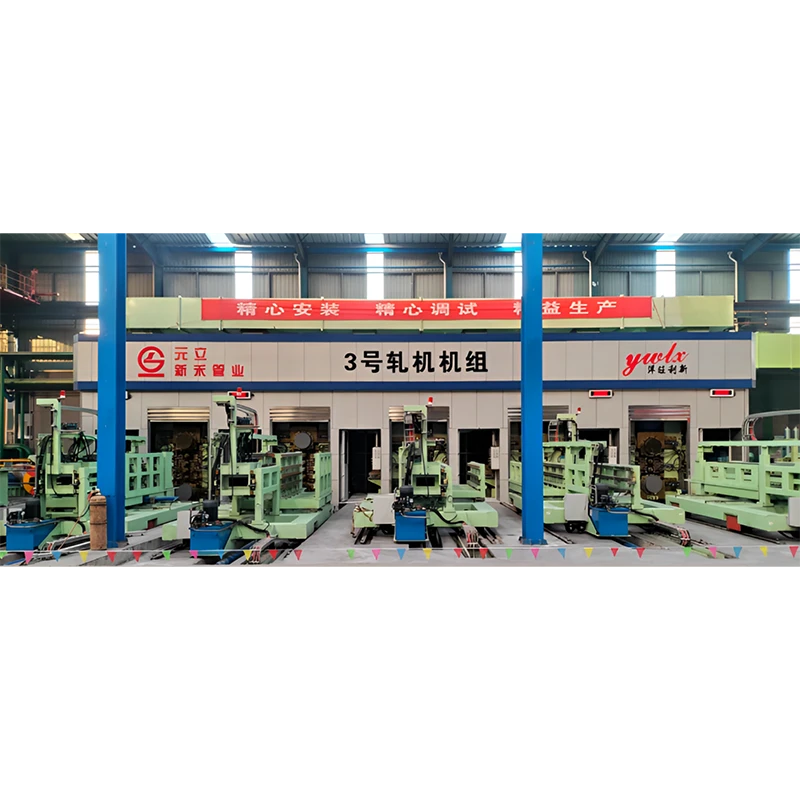 Technical Advantages and Application Scenarios
Technical Advantages and Application ScenariosThe core technical advantages of our Tandem Cold Rolling Mill solutions lie in their precision, efficiency, and adaptability. Our mills feature advanced Automatic Gauge Control (AGC) and Automatic Flatness Control (AFC) systems, leveraging sophisticated algorithms and real-time sensors to maintain unparalleled product quality. This ensures consistent thickness across the entire coil length and width, minimizing variations to less than ±1.0% of the target gauge. Furthermore, the robust design of our mills facilitates high-speed tandem mill rolling, significantly boosting production throughput while simultaneously reducing energy consumption per ton of finished product. The incorporation of advanced lubrication and cooling systems not only extends roll life but also contributes to a superior surface finish, vital for demanding applications.
Our tandem cold mill is extensively deployed across various critical industries. In the automotive sector, it produces high-strength, lightweight steel for vehicle body panels, contributing to improved fuel efficiency and safety. For the construction industry, it supplies high-precision cold-rolled steel for structural components, roofing, and wall panels. In the burgeoning electronics market, ultra-thin gauge strips produced by our mills are essential for components in smartphones and other devices. We have successfully completed projects globally, including a recent upgrade for a major steel producer in Southeast Asia, which resulted in a 20% increase in output and a 10% reduction in off-gauge material, demonstrating our commitment to delivering tangible operational improvements for our clients.
Custom Solutions and Integration Capabilities
Recognizing that each client's operational landscape is unique, we specialize in providing highly customized Tandem Cold Rolling Mill solutions. Our engineering team collaborates closely with clients to assess their specific needs, considering factors such as required production capacity, desired material properties, available footprint, and integration with existing upstream (like the pickling line and tandem cold mill interface) and downstream equipment. This bespoke approach allows us to design mills that are optimized for specific steel grades, production volumes, and energy efficiency targets. From the initial feasibility study and detailed engineering design to manufacturing, installation, and commissioning, we provide end-to-end project management. Our flexibility extends to offering various configurations, including different numbers of stands, specific roll types (e.g., 4-high, 6-high), and integration of advanced process control features like online surface inspection systems or automatic coil handling. Our goal is to ensure that the delivered solution not only meets current demands but also offers scalability for future expansion.
Building Trust: Warranty, Delivery, and Comprehensive Support
Trust is foundational to our B2B relationships. We stand behind the quality and performance of our Tandem Cold Rolling Mill products with robust warranty provisions, typically offering a 12-month warranty period from commissioning or 18 months from delivery, whichever comes first, covering all manufacturing defects and critical component failures. Our delivery cycle for a complete tandem cold mill system typically ranges from 18 to 24 months, depending on the complexity and customization requirements, with clearly defined milestones and transparent communication throughout the project timeline.
Our commitment to customer success extends far beyond delivery. We provide comprehensive after-sales support, including on-site installation supervision, extensive operator training programs, and preventive maintenance services. Our global network of technical experts is available for remote troubleshooting and rapid deployment for emergency repairs, ensuring minimal downtime. We also maintain a complete inventory of critical spare parts, guaranteeing prompt availability. Our adherence to international certifications like ISO 9001 and CE marking further underscores our dedication to quality, safety, and reliability, providing our clients with the assurance that they are investing in world-class rolling technology.
Frequently Asked Questions (FAQ) about Tandem Cold Mills
What is the primary advantage of a tandem cold mill over a single-stand mill?
A tandem cold mill processes the strip continuously through multiple stands, allowing for significantly higher reduction rates and rolling speeds compared to a single-stand reversing mill. This results in higher production volumes, better gauge accuracy, and more consistent mechanical properties, making it ideal for mass production of high-quality cold-rolled products.
How does your tandem cold mill achieve energy efficiency?
Our Tandem Cold Rolling Mill incorporates several features for energy efficiency, including optimized roll gap control systems, high-efficiency DC or AC main drives, and advanced lubrication systems that reduce friction. The precise control over the tandem mill rolling process minimizes unnecessary work, leading to lower power consumption per ton of rolled material and significant operational cost savings.
What types of materials can be processed on your tandem cold mills?
Our Tandem Cold Rolling Mill is designed to process a wide range of ferrous and non-ferrous materials. This includes various grades of carbon steel, low-alloy steel, stainless steel, silicon steel, and occasionally certain non-ferrous materials like aluminum alloys, depending on the specific mill configuration and roll material selection. We can customize the mill to optimize performance for specific material types and end-product requirements.
The Future of Cold Rolling: Innovation and Sustainability
The future of tandem cold mill technology is intrinsically linked to ongoing innovation and a strong commitment to sustainability. As industries demand lighter, stronger, and more specialized materials, the precision and efficiency of cold rolling mills will become even more critical. We are continuously investing in R&D to integrate artificial intelligence and machine learning for predictive maintenance, optimizing rolling schedules, and further enhancing energy efficiency. The development of advanced sensors and real-time data analytics will allow for even finer control over material properties and surface quality. Furthermore, our focus extends to environmental responsibility, incorporating features that reduce waste, recycle cooling lubricants, and minimize the carbon footprint of the tandem mill rolling process. By embracing these advancements, we aim to provide solutions that not only meet the rigorous demands of today's market but also contribute to a more sustainable and technologically advanced future for the global metallurgical industry.
References
- Roberts, W. L. (1983). Cold Rolling of Steel. Marcel Dekker, Inc.
- Ginzburg, V. B. (1993). Steel-Rolling Technology: Theory and Practice. Marcel Dekker, Inc.
- Lenard, J. G. (2007). Primer on Flat Rolling. Elsevier.
- The Association for Iron & Steel Technology (AIST). Technical Reports and Proceedings.
- ISO 9001:2015 Quality Management Systems - Requirements. International Organization for Standardization.
-
YWLX’s 1450mm Six-Hi Reversing Mill Goes Live in BangladeshNewsNov.24,2025
-
Adjusting Roll Gap in 6Hi Reversing Cold Rolling Mill for Thin StripNewsNov.13,2025
-
Quality Control Standards for Automatic Gauge Control in Strip RollingNewsNov.13,2025
-
Effect of Skin Pass Rolling on Metal DuctilityNewsNov.13,2025
-
Key Components of a Modern TempermillNewsNov.13,2025
-
Common Wear Patterns of Work Roll in Tandem Cold Mill OperationsNewsNov.13,2025
-
Revolutionary Skin Pass Rolling Technology for Enhanced Steel QualityNewsNov.04,2025




